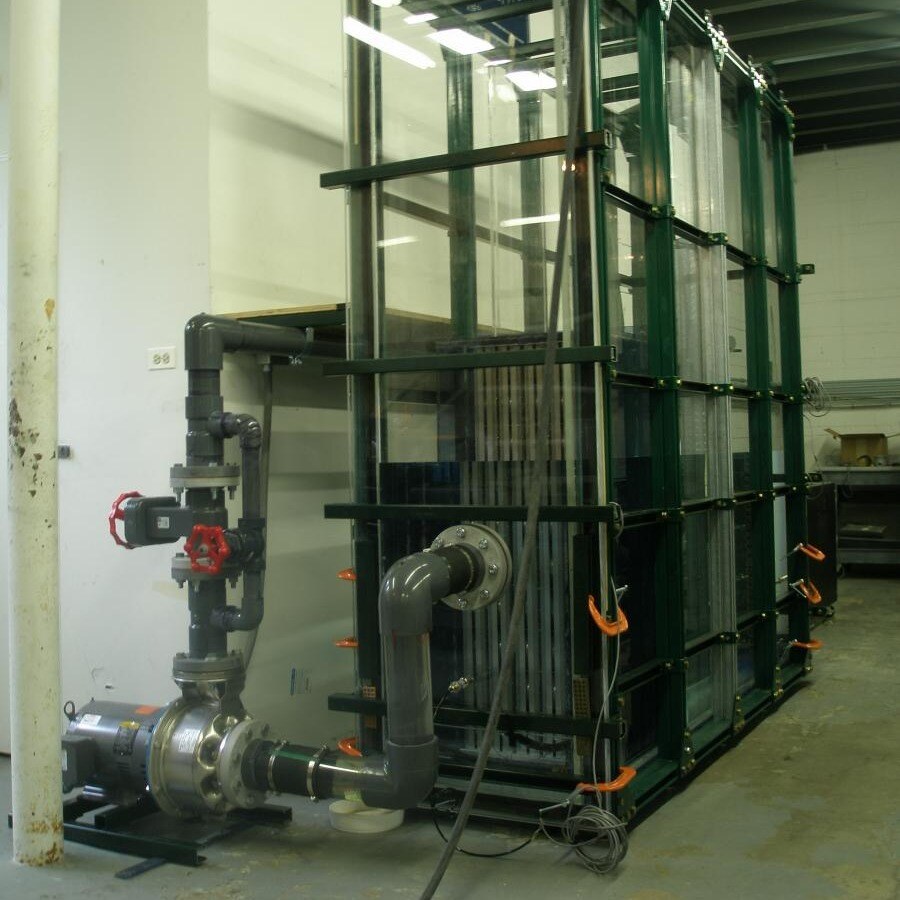Thermal Hydraulics Consulting
Many plant processes involve fluid flow combined with heat transfer. This can include phenomena such as phase change, condensation, two-phase fluid flow, critical flows, gas transport and more. Key large scale examples include nuclear plant integrated system transient and accident response, evaluation of containment and compartment conditions following pipe break events, water hammer evaluation and severe accident analysis. Smaller scale examples include characterizing localized phenomena such as tank and sump vortex behavior, suction strainer performance, thermal mixing in piping and transient thermal response of cables to over-current conditions, to name a few. FAI has a long history of thermal hydraulic testing and analysis.

Consulting Experience
Utilization of thermal hydraulics analyses help customers to solve problems in existing processes or to facilitate the design of new ones. Fauske & Associates, LLC (FAI) engineers use a combination of experiments and analytical modeling to understand and characterize complex thermal hydraulic phenomena. The ability to combine testing and analysis at FAI creates unique capabilities to address a wide range of issues with confidence.
FAI engineers have extensive experience addressing thermal hydraulic issues through testing and analysis. Our engineers regularly apply tools such as MAAP (an EPRI owned and licensed computer software), RELAP5, HEATING7, and GOTHIC. In addition, as the primary developer of the MAAP computer code, FAI maintains advanced computer code support methods and the ability to develop or modify codes to meet new challenges.
Our experience in testing includes water hammer, vortex behavior, thermal mixing, flow field visualization, acoustics and environmental testing of equipment. Additionally, FAI founders, Dr. Hans Fauske and Dr. Robert Henry, are widely recognized for their contributions to the field, including the two-phase critical flow correlation extensively used in the nuclear industry.